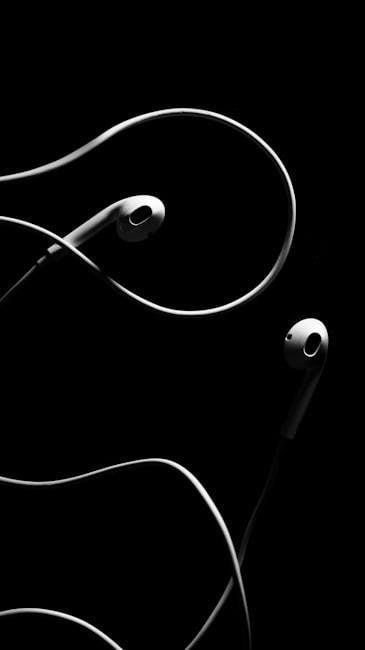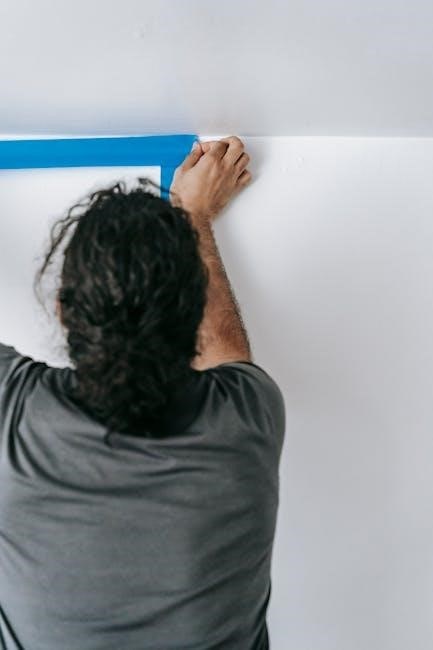Boat stereo wiring involves connecting audio components safely and efficiently. Understanding color-coded wires, marine-grade materials, and proper grounding ensures optimal sound quality and system reliability on the water.
Overview of Boat Stereo Systems
A boat stereo system typically includes a head unit, speakers, wiring harness, and optional amplifiers or subwoofers. Modern systems often feature Bluetooth, USB, and GPS capabilities. Wiring diagrams are essential for identifying color-coded wires, such as power, ground, and remote turn-on leads. Proper installation ensures reliable performance and safety, especially in marine environments. Understanding the components and their connections helps in troubleshooting and upgrading the system for enhanced audio quality and durability on the water.
Importance of Proper Wiring
Proper wiring is critical for a boat stereo system to function safely and efficiently. Incorrect connections can lead to short circuits, electrical fires, or system malfunctions. Marine environments demand extra care due to moisture exposure, which can corrode wires and cause signal loss. Correct wiring ensures reliable performance, optimal sound quality, and longevity of components. Using marine-grade materials and following wiring diagrams helps prevent issues and guarantees a secure, durable installation tailored to withstand the unique challenges of a marine setting.
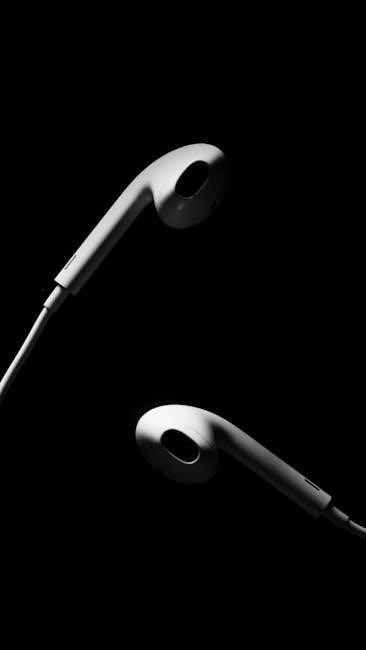
Planning and Preparation
Planning involves assessing your boat’s electrical system, choosing the right components, and understanding wiring diagrams. Disconnect the battery and use marine-grade materials for a safe, reliable installation.
Assessing Your Boat’s Electrical System
Before installing your boat’s stereo, assess the electrical system to ensure compatibility. Check the power supply, existing wiring, and circuit capacity. Verify the system is negative ground and 12V DC. Inspect for corrosion and damage. Ensure all components are marine-grade to withstand moisture. Identify a suitable location for the battery connection and grounding points. This step ensures safe and reliable operation of your stereo system, preventing electrical issues and damage to your boat’s wiring.
Choosing the Right Stereo Components
Selecting the right stereo components is crucial for your boat’s audio system. Opt for marine-grade units designed to withstand moisture and vibration. Choose a head unit with features like Bluetooth, USB, and water resistance. Ensure speakers are marine-certified and positioned for optimal sound. Consider amplifiers to enhance sound quality. Match components to your boat’s power capacity and wiring infrastructure. Proper selection ensures compatibility, durability, and an enjoyable listening experience on the water.
Understanding Wiring Diagrams and Schematics
Wiring diagrams are essential for a successful boat stereo installation. They provide a visual guide to connecting components like the head unit, speakers, and amplifiers. Color-coded wires indicate functions such as power, ground, and remote controls. Schematics help identify proper connections and avoid short circuits. Always refer to the manufacturer’s diagram for specific systems. Understanding these tools ensures accurate wiring, preventing installation errors and ensuring reliable performance. Use them to map out your system and confirm compatibility before starting the installation process.
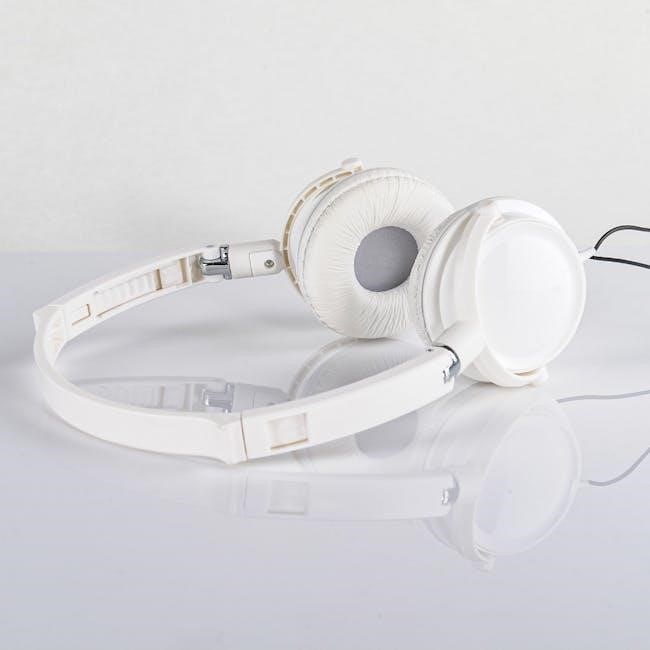
Safety Precautions and Best Practices
Always disconnect the battery before installation to prevent short circuits. Use marine-grade materials to withstand harsh environments. Avoid common wiring mistakes to ensure system reliability and safety.
Disconnecting the Battery Before Installation
Disconnecting the battery is essential before starting any boat stereo wiring project. This prevents short circuits, protects the electrical system, and ensures safety while handling wires. Always isolate the battery to avoid unexpected power surges or damage to components. Use the correct tools to disconnect and secure the terminals properly. This step is crucial to safeguard both the installer and the boat’s electrical system during the installation process.
Avoiding Common Wiring Mistakes
Avoiding common wiring mistakes ensures a reliable and safe boat stereo system. Incorrect wire connections, insufficient grounding, and overlooking inline fuses are frequent errors. Always use marine-grade materials resistant to moisture and corrosion. Misidentifying wire functions, such as confusing power and accessory wires, can lead to system malfunctions. Consulting a wiring diagram and following best practices helps prevent these issues, ensuring optimal performance and longevity of the stereo system.
Using Marine-Grade Materials
Using marine-grade materials is essential for durability and reliability in boat stereo wiring. Marine-grade wires and connectors are designed to withstand moisture, corrosion, and extreme temperatures. They feature tinned copper conductors and heat-resistant, UV-protected insulation, ensuring long-lasting performance. Always opt for materials specifically rated for marine use to prevent electrical failures and ensure system longevity. Properly sealed connections and corrosion-resistant components are critical for maintaining sound quality and safety in a marine environment.
Tools and Materials Needed
Essential tools include wire cutters, strippers, and crimpers. Use marine-grade wire, connectors, and inline fuses for safe and reliable connections. Ensure all materials are corrosion-resistant for durability.
Essential Tools for Wiring
When installing a boat stereo, essential tools include wire cutters, strippers, and crimpers for handling marine-grade wires. A multimeter helps test connections, while screwdrivers and pliers assist with mounting and securing components. Use a wiring harness adapter to simplify connections. Ensure all materials are marine-grade to withstand corrosion. Inline fuses and circuit breakers are crucial for protecting the system. Proper tools ensure a safe, efficient, and reliable installation, preventing damage and ensuring optimal performance of your marine audio system.
Marine-Grade Wire and Connectors
Marine-grade wire and connectors are designed to withstand harsh marine environments. They feature tinned or coated copper conductors to resist corrosion from saltwater and moisture. These wires are UV-resistant and flexible, ensuring durability in varying conditions. Marine-grade connectors are sealed or waterproof to prevent moisture ingress, which can cause signal loss or electrical issues. Always use the appropriate wire gauge for your system to ensure reliable power delivery. Properly securing connections with heat-shrink tubing or adhesive-lined connectors adds extra protection against the elements, ensuring long-term performance and reliability in your boat’s audio system.
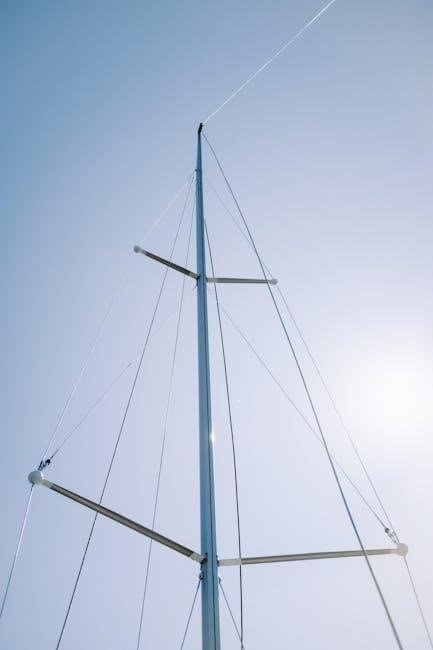
Understanding the Wiring Harness
The wiring harness is a central connector linking the stereo to the boat’s electrical system. It includes color-coded wires for power, ground, remote turn-on, and speakers, simplifying installation and ensuring reliability.
Color Coding and Wire Functions
In boat stereo wiring, color coding is crucial for identifying wire functions; The yellow wire typically connects to the battery via an inline fuse, while the red wire links to an accessory power source. Black is ground, connected to the boat’s chassis or negative battery terminal. Blue wires often control remote functions like amplifiers or antennas. Orange may dim the display, and speaker wires vary but are usually paired for positive and negative connections. Proper identification ensures safe and accurate installation, preventing electrical issues and improving system performance.
Power and Ground Wires
Power wires connect the stereo to the battery via inline fuses, ensuring constant and switched power sources. Ground wires complete the circuit by linking to the boat’s chassis or negative battery terminal. Proper connections prevent electrical noise and interference. Always use marine-grade wires and secure connections to avoid corrosion. Routing power wires away from heat sources and sensitive electronics is essential for reliable operation. A well-installed power and ground system ensures optimal performance and safety for your boat’s audio setup.
Remote Turn-On and Accessory Wires
The remote turn-on wire activates external components like amplifiers, while the accessory wire powers the stereo when the ignition is on. These wires are crucial for integrating additional audio equipment, ensuring they function in sync with the stereo system. Proper connection of these wires avoids system malfunctions and ensures all components turn on and off together. Using marine-grade connectors and verifying wire gauge compatibility are essential for reliable performance and longevity of your boat’s audio setup.
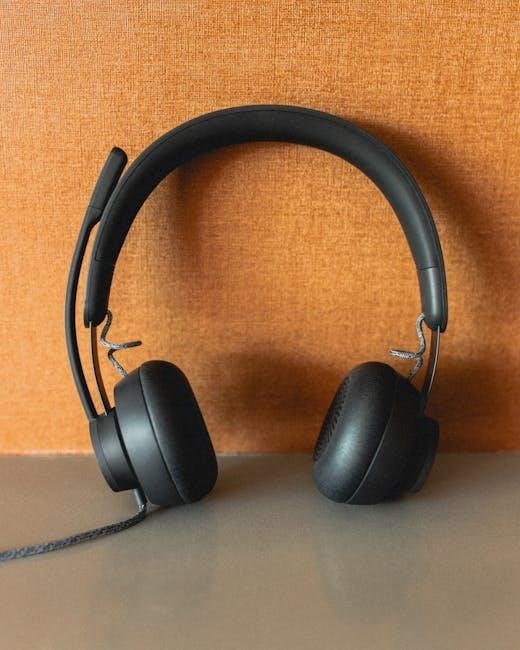
Grounding and Power Connections
Proper grounding prevents electrical interference, while power connections ensure reliable energy supply. Use marine-grade materials and inline fuses for safe, corrosion-resistant wiring. Connect directly to the battery with appropriate fuses for optimal performance.
Proper Grounding Techniques
Proper grounding ensures reliable operation and prevents electrical interference. Connect the ground wire directly to the boat’s negative battery terminal or a metal surface like the hull or engine block. Avoid rusty or painted surfaces, as they can hinder conductivity. Use marine-grade materials resistant to corrosion. A poor ground can cause system malfunctions or noise. Always ensure a clean, secure connection to maintain optimal performance and safety. Proper grounding is essential for both functionality and longevity of your boat’s stereo system.
Connecting to the Battery with Inline Fuses
Connecting your stereo system to the battery requires inline fuses for protection. Install an inline fuse close to the battery on the positive wire to prevent damage from power surges. The fuse rating should match your system’s maximum current draw. Ensure the fuse holder is securely attached and kept away from heat sources. This setup safeguards both the stereo and electrical system, preventing potential fire hazards. Always disconnect the battery before working on wiring to maintain safety during installation or troubleshooting.

Speaker Wiring and Configuration
Properly wiring speakers ensures optimal sound quality. Use marine-grade wire and connectors to prevent corrosion. Configure speakers to match your stereo’s output for balanced audio performance.
Connecting Speakers to the Stereo
Connect speakers to the stereo using marine-grade speaker wire to ensure durability. Match the positive and negative terminals to avoid short circuits. Use the wiring diagram for guidance. Ensure all connections are secure and insulated. Test the speakers before final installation to confirm proper function. Avoid routing wires near heat sources or flammable materials. Properly grounded systems reduce interference and improve sound quality. Follow marine-specific guidelines to ensure safety and reliability on the water.
Wiring for Optimal Sound Quality
Ensure clear, distortion-free sound by using high-quality, marine-grade speaker wire with appropriate gauge. Properly route wires away from noise sources like engines and electrical systems. Use twisted pairs for RCA connections to minimize interference. Secure all connections tightly to prevent signal loss. Position speakers strategically to enhance audio distribution and minimize echo. Regularly inspect wiring for damage or corrosion to maintain sound quality. A well-planned wiring setup ensures your boat’s audio system performs optimally, providing an enjoyable listening experience on the water.

Amplifier Installation
Amplifier installation enhances your boat’s audio system by providing clean, powerful sound. Choose the right amplifier for your setup, ensure proper wiring, and mount it securely to avoid interference and ensure reliable performance.
Choosing the Right Amplifier
Selecting the right amplifier is crucial for your boat’s audio system. Ensure the amplifier’s power output matches your speaker requirements. Opt for a marine-grade amplifier designed for water environments. Consider compact designs for space efficiency. Look for features like built-in equalizers and remote controls for enhanced sound customization. Ensure compatibility with your stereo head unit and speakers. Proper wattage and impedance matching are essential to avoid damage and ensure optimal performance. Always follow the manufacturer’s guidelines for installation and connectivity.
Connecting the Amplifier to the Stereo
Connect the amplifier to the stereo using RCA cables for high-quality audio signal transfer. Ensure the RCA outputs on the stereo match the inputs on the amplifier. Power the amplifier by running wires from the stereo’s remote turn-on lead and connect to the amplifier’s power terminal. Ground the amplifier to the boat’s electrical system to prevent interference. Keep RCA cables away from power wires to reduce noise. Secure all connections tightly to ensure reliable performance and optimal sound quality on your boat’s audio system.
Configuring Amplifier Settings
Adjust the amplifier’s gain levels to match your stereo’s output for optimal sound quality. Set the crossover frequencies to direct low frequencies to subwoofers and high frequencies to speakers. Use marine-grade RCA cables to ensure a clean signal connection. Properly ground the amplifier to prevent electrical noise. Configure the amplifier’s input sensitivity to avoid distortion. Test the system at low volume to ensure settings are correct. Secure all connections to maintain performance and reliability on the water.
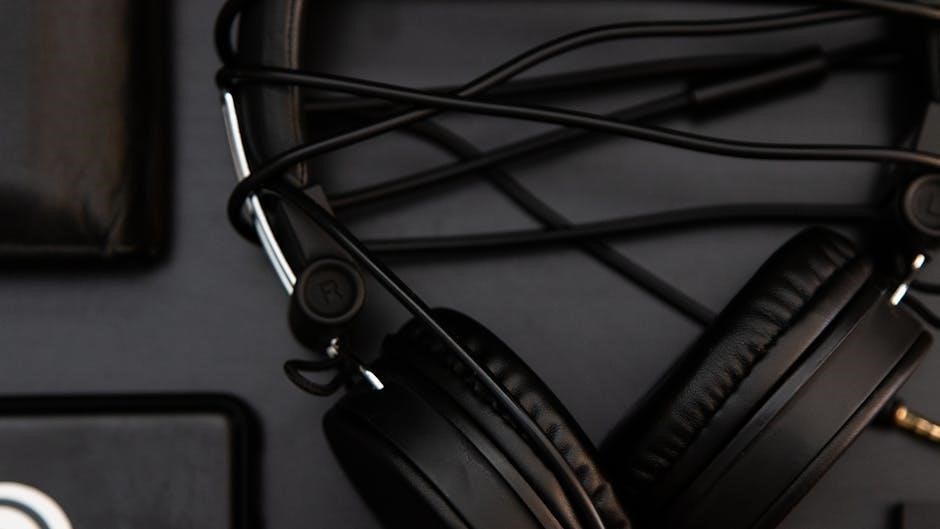
Installing the Head Unit
Mount the head unit securely in the dashboard using the provided screws or brackets. Connect the wiring harness to the stereo, ensuring all wires are properly matched and secured. Test the system to ensure functionality and adjust as needed for optimal performance.
Mounting the Stereo in the Dashboard
Securely mount the stereo in the dashboard using the provided screws or brackets. Measure and mark the dashboard for precise fitting, ensuring the stereo is level and stable. If necessary, cut a hole to fit the unit, using a mounting kit for a snug installation. Use a bendable metal strap to support the back of the stereo chassis for added stability. Tighten all connections to prevent vibration and ensure a secure fit. This step is crucial for both functionality and durability on the water.
Connecting the Wiring Harness
Connect the wiring harness to the stereo head unit by matching color-coded wires to their respective functions. Ensure the black ground wire is securely attached to a stable ground source. Use marine-grade connectors to protect against corrosion and moisture. Double-check all connections to avoid short circuits and ensure proper system functionality. Secure any excess wires with zip ties to prevent interference with other components. Properly sealing connections will enhance reliability and performance of your boat’s audio system.
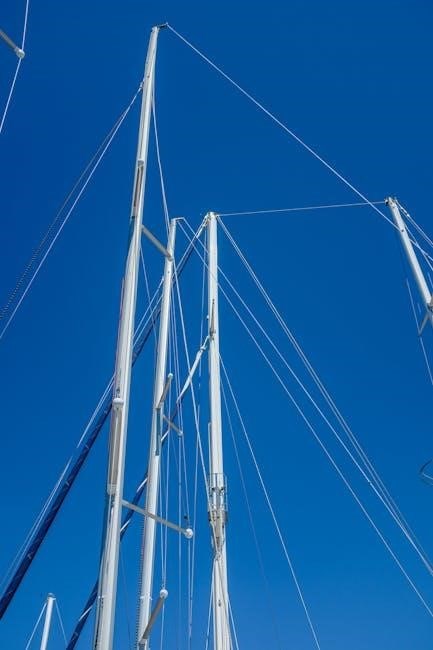
Troubleshooting Common Issues
Identify and fix short circuits, resolve grounding problems, and diagnose power issues to ensure your boat stereo system functions smoothly and reliably.
Identifying and Fixing Short Circuits
To identify a short circuit, look for flickering lights, tripped circuit breakers, or a burning smell. Disconnect the battery immediately to prevent damage. Inspect wires for signs of damage, chafing, or improper connections. Use a multimeter to test for unintended continuity between wires. Repair or replace damaged wires, ensuring all connections are secure and protected with marine-grade materials. If unsure, consult a professional to avoid further electrical issues.
Resolving Grounding Problems
Grounding issues can cause hums, static, or system malfunctions. Check the ground wire connection to the boat’s hull or engine block, ensuring it’s clean and secure. Corrosion or loose connections are common culprits. Use a multimeter to verify continuity between the stereo’s ground wire and the negative battery terminal. Clean or replace corroded connections and ensure all components share the same ground point. Proper grounding prevents noise interference and ensures safe operation of your marine stereo system.
Diagnosing Power Issues
Power issues often stem from faulty connections or blown fuses. Check the inline fuse near the battery and ensure all wires are securely connected. Verify the yellow wire connects through an inline fuse to the battery, while the red wire links to a switched power source. Use a multimeter to test voltage at the stereo’s power terminals. If power is present but the system doesn’t turn on, inspect the ground connection. Loose or corroded terminals can disrupt power flow, so clean or replace them as needed to restore functionality.
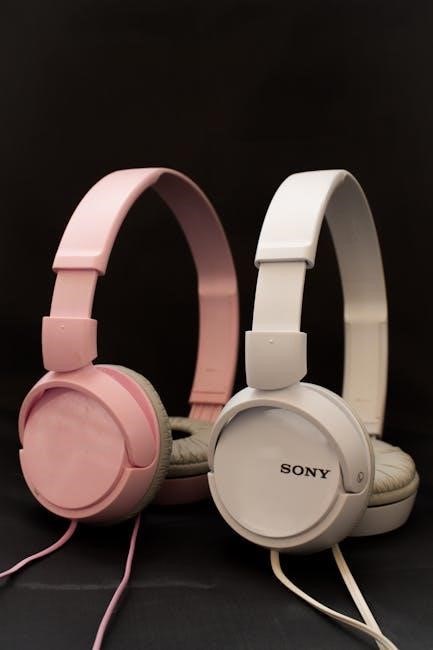
Maintenance and Protection
Regularly inspect wiring for corrosion and tighten connections. Protect components from moisture with marine-grade covers. Clean terminals to prevent issues and ensure reliable performance over time.
Regular Maintenance Checks
Regular maintenance ensures your boat’s stereo system functions optimally. Inspect wires for signs of wear, corrosion, or damage. Clean terminals and connections to prevent signal loss. Check for loose connections, which can cause intermittent issues. Verify that all components, including amplifiers and speakers, are securely mounted. Test the system periodically to ensure sound quality and proper operation. Replace any damaged or corroded parts promptly to avoid system failure. Use marine-grade products to protect against moisture and environmental stressors. Schedule annual checks before the boating season to ensure reliability and longevity of your stereo system. Consistent upkeep prevents unexpected malfunctions and enhances your on-water entertainment experience. Regular maintenance also helps maintain the value of your boat’s audio system, ensuring it performs at its best for years to come. By staying proactive, you can enjoy uninterrupted music and clear communication while boating. Additionally, keep the system dry and avoid exposing it to excessive humidity, which can degrade components over time. Regularly updating or replacing outdated components can also improve performance and compatibility with newer devices. Overall, routine checks and timely repairs are essential for maintaining a high-quality audio experience on your boat. This attention to detail ensures that your stereo system remains a reliable and enjoyable feature during all your voyages.
Protecting the System from Moisture
Protecting your boat stereo system from moisture is crucial to prevent damage and ensure longevity. Use marine-grade wire and connectors designed to withstand humidity and water exposure. Seal all connections with silicone sealant or heat-shrink tubing to create a watertight barrier. Mount components in dry areas or use waterproof enclosures for added protection. Regularly inspect wires and connections for signs of moisture damage or corrosion. Apply a moisture-resistant coating to vulnerable areas to shield against environmental elements. These steps ensure your stereo system remains reliable and functional in marine environments. Regular maintenance checks are essential to identify and address any moisture-related issues promptly. By taking proactive measures, you can safeguard your investment and enjoy uninterrupted entertainment on the water. Proper protection also enhances sound quality by preventing signal degradation caused by moisture interference.
A well-installed boat stereo system enhances your on-water experience. By following proper wiring practices, using marine-grade materials, and ensuring safety, you can enjoy reliable, high-quality audio for years.
Final Tips for a Successful Installation
For a successful boat stereo installation, always use marine-grade materials to withstand harsh environments. Ensure proper grounding to avoid electrical issues and interference. Install inline fuses to protect against power surges. Consult wiring diagrams to match connections accurately. Route wires away from heat sources and moving parts. Test all components before finalizing the installation. Regular maintenance and inspections will ensure long-term reliability and optimal performance of your marine audio system.
